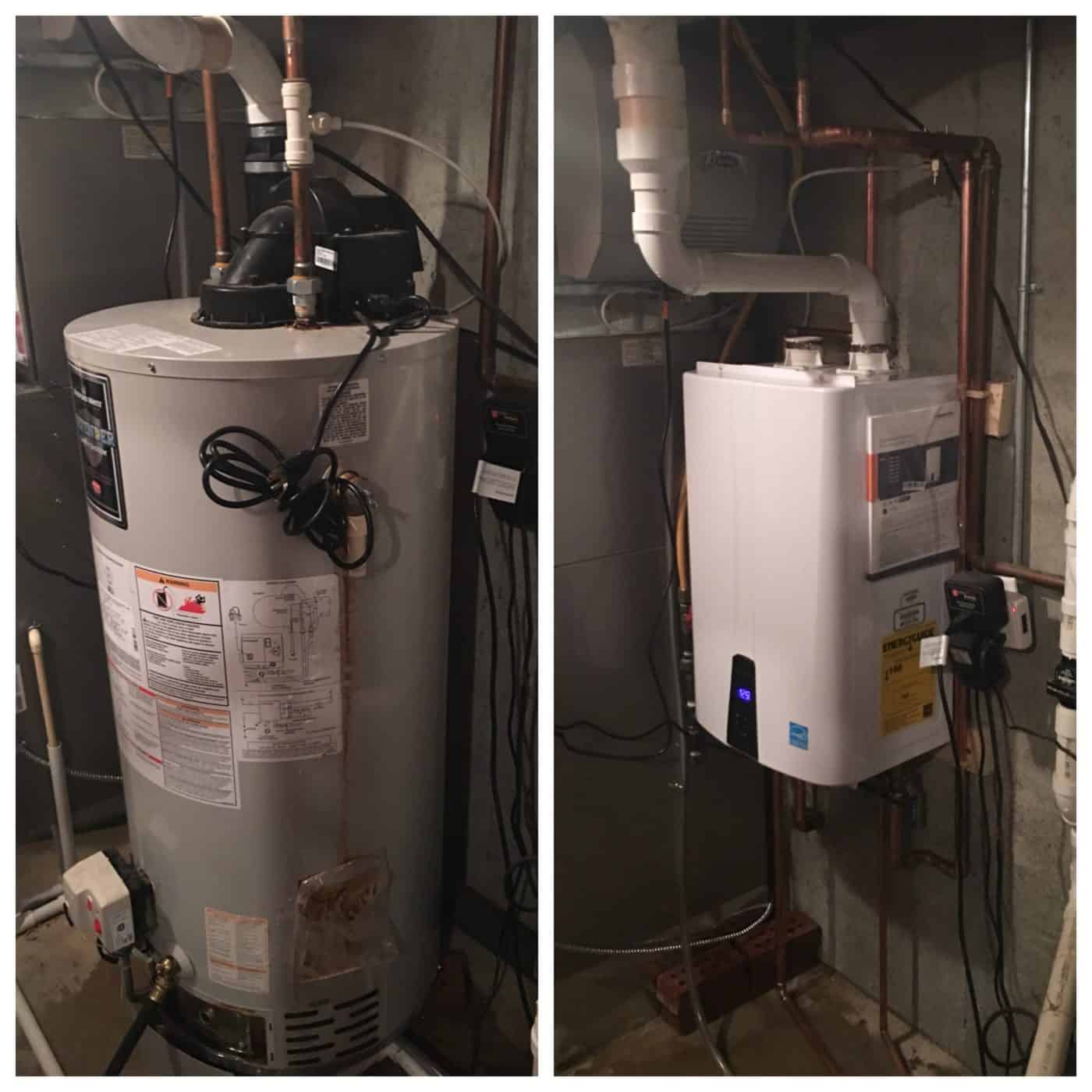Certified water heater installation professionals serving Brea homes
Certified water heater installation professionals serving Brea homes
Blog Article
DIY Hot Water Heater Installment: Crucial Actions for Success
When thinking about a DIY hot water heater setup, it is necessary to approach the task with a systematic attitude, as the procedure entails several important steps that can significantly impact both safety and security and efficiency. Picking the appropriate hot water heater for your specific requirements is simply the start; preparing the setup location and comprehending the essential devices and products are equally crucial. As we discover the systematic strategy to installment, it emerges that forgeting any type of detail could cause issues down the line. Are you prepared to browse the ins and outs of this home renovation job?
Choosing the Right Water Heating Unit
When picking a water heater, it is necessary to think about a number of crucial variables to ensure optimal efficiency and effectiveness - water heater installation Buena Park. To start with, review the sort of hot water heater that ideal matches your requirements. Options consist of tankless, storage container, and warm pump water heating systems, each offering distinctive benefits in terms of energy effectiveness and area demands
Following, examine the capability required for your house. A larger household may need an unit with a greater gallon capability or a tankless system that can supply continuous hot water. It's additionally critical to think about the power source; usual options consist of electric, all-natural gas, and propane. Each power type has implications for installment prices and lasting power expenses.
Power performance is another essential aspect. By carefully evaluating these elements, you can select a water heating unit that straightens with your home's specific needs, making certain comfort and performance for years to come.
Tools and Materials Needed
Effectively setting up a hot water heater needs not only the ideal choice of device but also the proper tools and materials. Prior to starting your DIY task, ensure you have an extensive checklist of items to help with a smooth installment procedure.
Important tools include a pipeline wrench, flexible pliers, and a screwdriver set (both flathead and Phillips), which will certainly assist you handle various installations and links. Furthermore, a drill with appropriate bits is essential for mounting braces or making any required openings. For security, a voltage tester is vital, particularly when managing electric hot water heater.
You will certainly additionally need an adaptable water supply line, which can be either braided stainless steel or PVC, depending on your preferences and neighborhood codes. By gathering these materials and devices beforehand, you set the stage for an effective water heating system installation.
Planning For Installation
Before starting the installment of your hot water heater, it is critical to assess the installation website to guarantee it fulfills all essential needs. Start by validating that the area is well-ventilated, especially for gas hot water heater, to stop the accumulation of unsafe gases. Look for the schedule of required connections, including water supply lines and electric outlets, ensuring they are in great condition and correctly situated.

This aggressive approach not just guarantees conformity with local building codes but also enhances the durability and performance of the water heating system. Correct prep work sets the phase for a smooth installment process and helps avoid unforeseen issues.
Step-by-Step Setup Refine
With the prep work complete and all needed assessments performed, the next phase involves the detailed installation of your water heating system. For tank-type water heating units, attach the cold water supply line to the inlet, commonly marked in blue, and the hot water line to the outlet, usually designated in red.
Following, protect the temperature level and pressure safety valve, which is vital for security. Attach the discharge pipeline to this shutoff, directing it in the direction of the flooring or an ideal drain location. For electric designs, link the power supply by stripping the wires and protecting them to the heating unit's terminals according to the maker's directions.
If you are installing a gas water heating system, guarantee the gas line is linked properly and look for leakages making use of a soap service. Links are made, fill the tank with water prior to transforming on the power or gas supply. Ultimately, allow the hot water heater to get to the desired temperature and look for any type of leakages around all links.
Ensuring Safety and Efficiency
On a regular basis ensuring security and effectiveness during the installation and procedure of your hot water heater is important for optimum performance and longevity. Begin by selecting a suitable area that follows local structure codes and provides appropriate ventilation. Guarantee that the location is devoid of flammable products and has adequate space for maintenance and evaluations.

After installment, conduct normal look at the device to identify leaks, deterioration, or unusual sounds. Set the thermostat to a secure temperature, usually around 120 ° F, to stop scalding and improve power efficiency. Insulate pipelines to lower warmth loss, which contributes to my company decrease energy costs.
Verdict
In conclusion, effective DIY hot water heater installation pivots on cautious preparation and implementation. Selecting the ideal water heating system, preparing the setup area, and adhering to an organized installment process are crucial actions. Abiding by safety standards throughout the setup makes certain both safety and effectiveness. In addition, routine upkeep checks post-installation will contribute to the optimal efficiency of the hot water heater, inevitably boosting the longevity and efficiency of the system. Appropriately establishing the thermostat better guarantees secure operation.
When thinking about a Do it yourself water heating unit setup, it is vital to approach the job with a methodical attitude, as the procedure involves several important steps that can substantially influence both safety and security and effectiveness.Prior to beginning the setup of your water heating unit, it is important to evaluate the setup site to Read Full Article ensure it fulfills all needed needs. For tank-type water heating systems, link the chilly water supply line to the inlet, generally noted in blue, and the warm water line to the electrical outlet, typically assigned in red.Routinely guaranteeing security and efficiency throughout the installment and operation of your water heating unit is critical for ideal performance and durability. Picking the ideal water heater, preparing the setup location, and following a systematic installation process are crucial actions.
Report this page